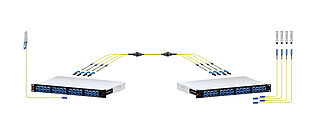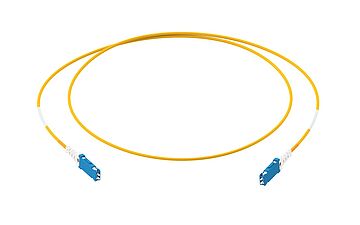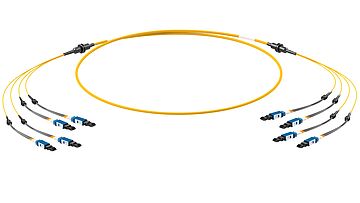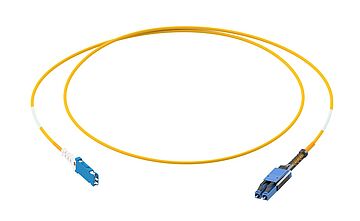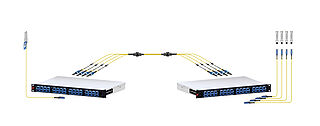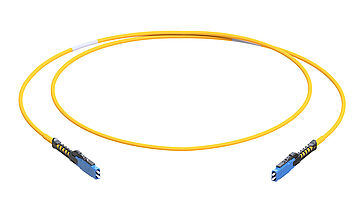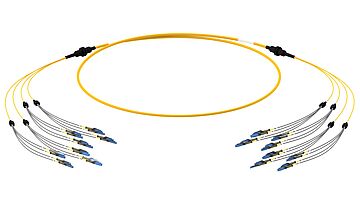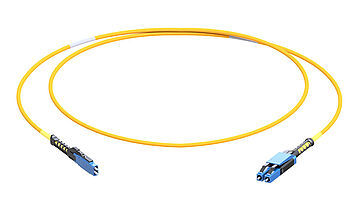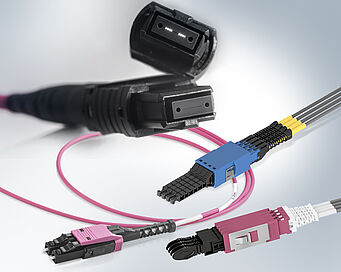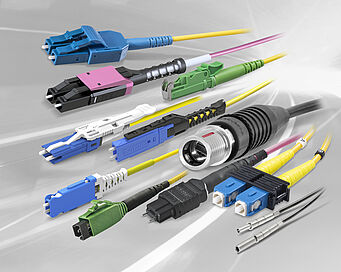Fiber-optic connectors are important components that permit higher port densities
Fiber-optic cables can be assembled with a variety of plug connectors. They are vital components that ensure the performance and reliability of the passive infrastructure. They are also important because they help save space in data centers by permitting higher port densities. Alongside conventional plug connectors such as, for example, LC, SC and MU connectors, the new VSFF plug connectors are currently on the rise. You can find out more about the conventional plug connectors here. The current blog article focuses on the CS®, SN® and MDC Very Small Form Factor (VSFF) connectors.





